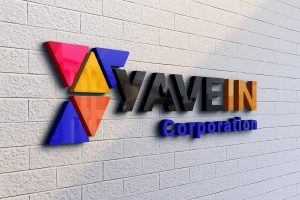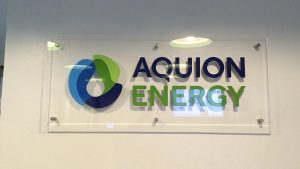Atlanta Lighted signs have become a cornerstone of modern outdoor business signage, offering unparalleled visibility, aesthetic appeal, and brand reinforcement. As businesses compete for attention in bustling urban environments and along busy thoroughfares, illuminated signage provides a powerful tool to stand out. This article delves into the benefits, types, and considerations of using lighted signs for outdoor business branding.

The primary advantage of lighted signs lies in their visibility, especially during nighttime or adverse weather conditions. Unlike traditional signage, which relies solely on ambient lighting, illuminated signs maintain their vibrancy in low-light scenarios, ensuring a business remains noticeable around the clock. This continuous visibility is particularly advantageous for businesses with extended operating hours, such as restaurants, convenience stores, and entertainment venues. By drawing the eye and cutting through visual clutter, lighted signs serve as a constant beacon for potential customers.
There are several types of lighted signs, each with unique characteristics suited to different business needs. LED signs, for instance, are widely favored for their energy efficiency, brightness, and longevity. These signs offer flexibility in design, allowing for vibrant colors, dynamic displays, and programmable messages. Neon signs, on the other hand, provide a nostalgic and artistic touch, often associated with classic eateries or boutique establishments. Backlit signs, which illuminate the background of a graphic or text, create a sleek and professional appearance that aligns well with modern branding trends.
Material selection and maintenance are crucial factors when opting for lighted signs. High-quality materials such as aluminum, polycarbonate, and acrylic are commonly used to ensure durability against environmental elements. Proper maintenance, including routine cleaning and timely replacement of lighting components, is essential to preserving the sign’s appearance and functionality. Investing in quality materials and upkeep not only extends the lifespan of the signage but also safeguards the brand’s professional image.
Another important consideration is energy consumption. While traditional incandescent lighting options may incur high operational costs, modern LED technology significantly reduces energy usage and associated expenses. Moreover, LEDs emit less heat and contain no hazardous materials, making them an environmentally friendly choice. Businesses can further enhance sustainability by integrating solar-powered lighting systems, aligning with the growing demand for eco-conscious practices.
Compliance with local zoning laws and signage regulations is an indispensable step in the implementation of lighted signs. Different municipalities may impose restrictions on sign size, brightness, or color usage to minimize light pollution and maintain community aesthetics. Engaging with local authorities or professional signage providers ensures that the installation meets all legal requirements, avoiding potential fines or the need for costly adjustments.
In conclusion, lighted signs represent a valuable investment for businesses aiming to enhance their outdoor visibility and customer engagement. By selecting the appropriate type of illumination, prioritizing material quality and energy efficiency, and adhering to regulatory standards, businesses can leverage the full potential of illuminated signage. Whether opting for the modern vibrancy of LED displays or the timeless charm of neon, lighted signs offer a strategic advantage in creating a lasting impression and fostering brand recognition.

 Your business’s signage serves as a powerful tool to attract attention, communicate your brand message, and ultimately drive customer engagement. While there may be tempting alternatives such as DIY solutions or hiring amateurs, the benefits of enlisting
Your business’s signage serves as a powerful tool to attract attention, communicate your brand message, and ultimately drive customer engagement. While there may be tempting alternatives such as DIY solutions or hiring amateurs, the benefits of enlisting 

 Window vinyl clings and decals can catch customers’ eyes and communicate key information. Whether it’s a new product or a store event, catching attention is the key to generating more sales.
Window vinyl clings and decals can catch customers’ eyes and communicate key information. Whether it’s a new product or a store event, catching attention is the key to generating more sales.

